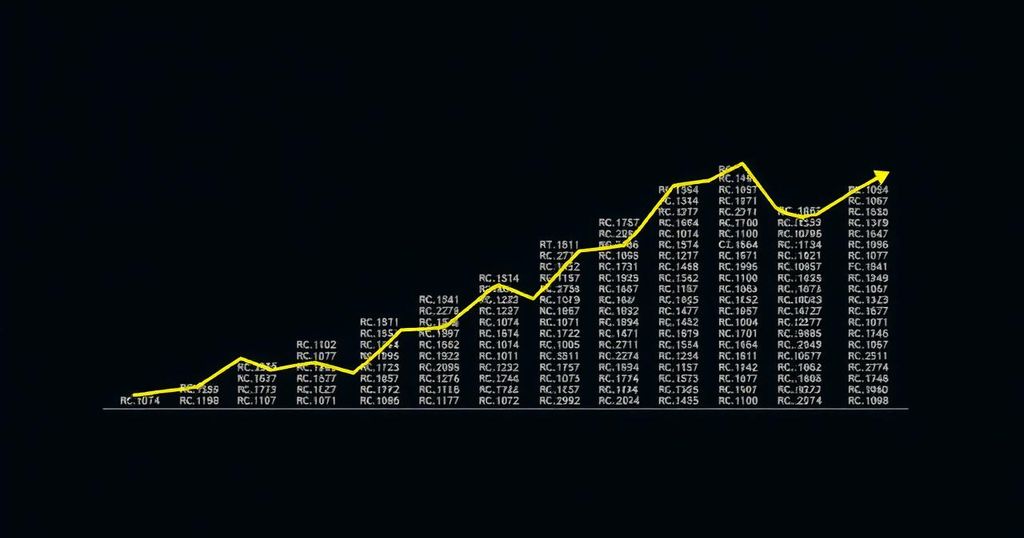Arthur Hayes Analyzes Impact of Fed Rate Cuts on Bitcoin Prices
Arthur Hayes, co-founder and former CEO of BitMEX, has articulated his insights regarding the limited impact of interest rate cuts by the United States Federal Reserve on Bitcoin prices. In a post shared on X on September 2, Hayes highlighted that despite Federal Reserve Chair Jerome Powell’s confirmation of a potential rate cut at the Jackson Hole symposium on August 23, the price of Bitcoin has not experienced the anticipated upward trends. Following Powell’s address, Bitcoin initially surged to approximately $64,000 but subsequently witnessed a decline of 10%, settling at a low of $57,400 on September 2, with a slight recovery to $59,238 reported at the time of Hayes’ statement.
Hayes attributes the lack of positive momentum in Bitcoin prices to the dynamics of reverse repurchase agreements, which entail the sale of securities with a commitment to repurchase them at a later date for a higher price. He noted that these agreements currently offer an interest rate of 5.3%, surpassing the yields on Treasury bills, which are at 4.38%. Consequently, significant money market funds are reallocating their investments from Treasury bills to reverse repos. This shift results in a contraction of available capital for higher-risk assets such as cryptocurrency, which Hayes contends is detrimental to Bitcoin’s market performance.
Moreover, a social media account titled ‘ELI5 of TLDR’ likened the reverse repurchase program to a temporary storage solution for major financial entities to hold their liquidity, as it presents more attractive returns than other secure investments. This phenomenon indicates that funds remain within these “parking lots,” instead of circulating within the broader economy. Notably, since the Federal Reserve’s indication of an impending rate cut, there has been an influx of $120 billion into reverse repos, further tightening the flow of money into riskier asset classes.
Hayes challenges the prevailing belief that lower interest rates inherently favor high-risk investments such as Bitcoin. The conventional wisdom suggests that decreased interest rates promote borrowing and expenditure, thereby fostering greater liquidity in financial markets as the appeal of safer, interest-yielding accounts diminishes. However, the current scenario suggests otherwise.
As the Federal Reserve prepares for its meeting on September 18, the CME Fed Watch tool indicates a 69% probability of a 25 basis point cut, and a 31% probability for a 50 basis point cut. A more substantial rate reduction could signal a more aggressive position by the Fed, which may provoke a more pronounced market reaction and invigorate economic activity.
In summary, while the expectation of interest rate cuts generally generates optimism regarding high-risk assets, the current liquidity landscape shaped by reverse repo dynamics suggests a more complex relationship that is not favoring Bitcoin as anticipated.
Ultimately, Hayes’ analysis underscores the necessity for investors and market participants to reconsider assumptions about monetary policy and its direct implications on cryptocurrency valuation.








Post Comment